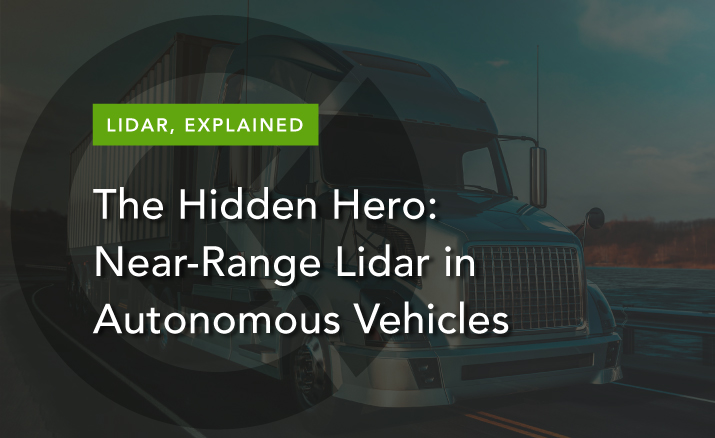
As autonomous vehicles evolve, the integration of lidar alongside radar and cameras becomes pivotal in achieving robust and foolproof autonomy. Near-range lidar technology is revolutionizing automated driving capabilities, offering precise environmental sensing that is crucial for safe and efficient operation.

The complexities of lidar technology underscore the critical interplay between many key specifications. While advancements in lidar architecture continue to refine these metrics, achieving optimal balance remains paramount for manufacturers. Usable and scalable lidar solutions should address challenges such as size, power consumption, and cost alongside performance metrics.

Understanding lidar specifications is crucial for grasping its capabilities and limitations in various applications. While specifications like Maximum Detection Range may seem straightforward at first glance, nuances in measurement methods and target conditions can significantly impact their interpretation. Let's delves into the complexities of lidar specifications, shedding light on what they truly signify and what crucial details they might not reveal.